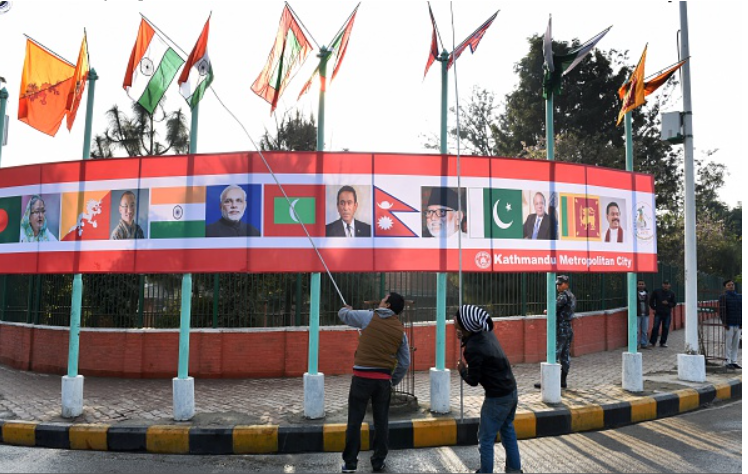
2021 marked significant developments for South Asia. Governments contended with challenges on both domestic and geopolitical fronts: from mass COVID-19 outbreaks created by new variants to heightened great-power competition between the U.S. and China to the sudden takeover of the Taliban in Afghanistan after the U.S. withdrawal. Over this year, South Asian Voices contributors have analyzed the ways these events and emerging challenges have shaped political, economic, and security affairs across the region.
As 2021 comes to an end, we look back on some of these events and the topics that captured our readers’ attention over the year. Below is a list of the most popular reads published from 2021 across each of of SAV’s topic areas.
Defense & Security
India-China Strategic Competition and the Costs of the Ladakh Crisis
Arzan Tarapore
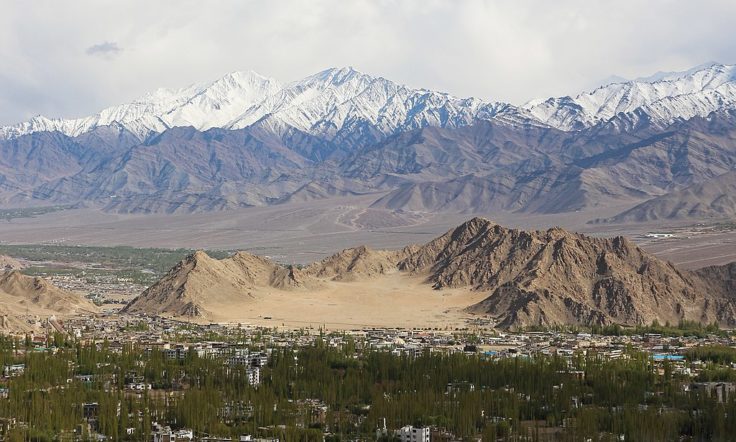
Written as part of the May 2021 series “India-China: One Year After Galwan“, Arzan Tarapore examines the ways that the crisis in Ladakh has “exacted unequal strategic costs” on India and China. He argues, “in the longer term, [India’s] rebalancing – for relatively minor strategic gain – will come at the expense of India’s military modernization and its maritime expansion thousands of miles away in the Indian Ocean – which will prove far more consequential in India’s strategic competition with China.”
Understanding India’s Defense Budget 2021-22: Expectations Vs. Reality
Kanchi Mathur
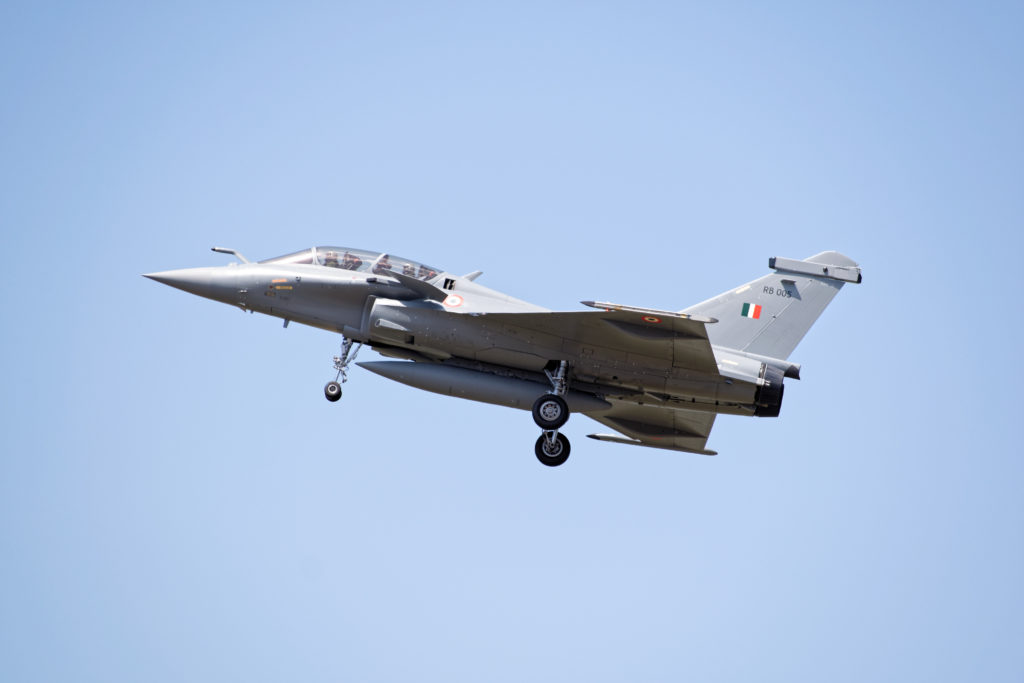
In this piece from February 2021, Kanchi Mathur breaks down India’s 2021-22 defense budget, exploring the expectations, realities, and challenges ahead as India pursues an indigenous modernization plan.
Hot Takes: Ceasefire on the LoC
Tanvi Kulkarni and Asma Khalid
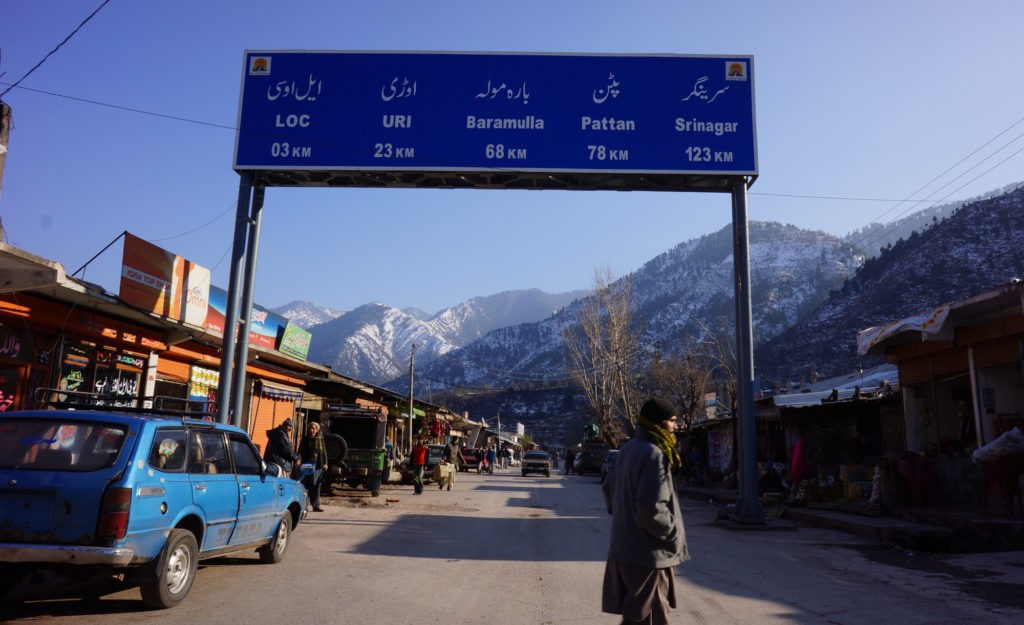
In this two-part Hot Takes article, written shortly after the announcement of a renewed India-Pakistan ceasefire on the Line of Control (LoC), Tanvi Kulkarni and Asma Khalid discuss the implication of the ceasefire for India-Pakistan relations. Kulkarni revisits the history of India-Pakistan ceasefires, emphasizing that “informal ceasefire understandings are prone to unravel…an Indo-Pak bilateral ceasefire will be durable only if it provides potential for bilateral negotiations and greater commitment to deescalate from their political and military leaderships.” Khalid notes that while the ceasefire is a positive step it is unlikely to resolve fundamental areas of disagreement.
Domestic Politics
Why India’s Farmers are Protesting the New Farm Laws
Akanksha Narain
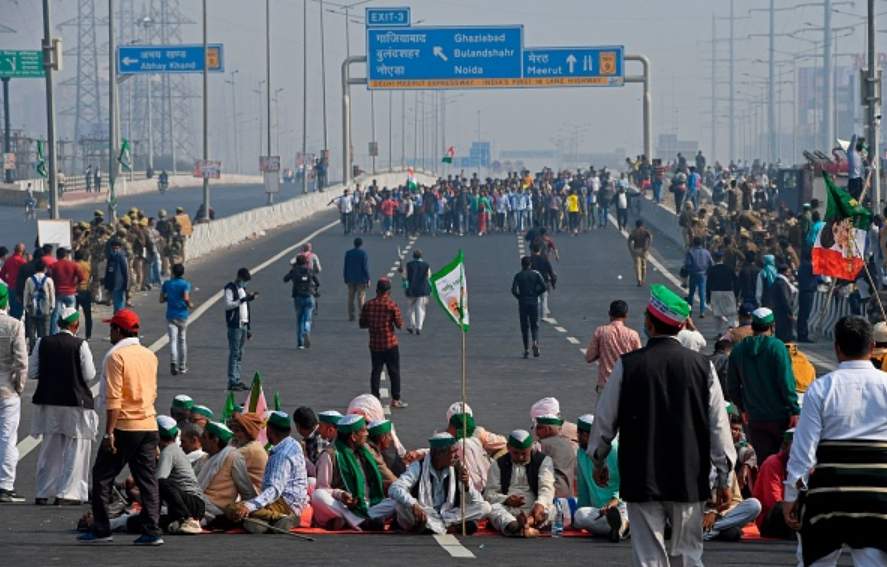
With over one year-long protests beginning in the Fall of 2020, Akanksha Narain’s article breaks down the details of the Modi government’s Farm Laws and why the ordinances were so controversial. Contextualizing the protests within the bigger picture of a struggling agricultural sector she notes: “Despite 48 percent of India’s population relying on agriculture, the sector has seen poor wage growth. Decreasing soil fertility, excessive use of groundwater and chemicals, and reduction in crop diversity make the situation worse.” For an update on the farmer’s protests see also Mrugank Bhusari’s article from November 2021, “Modi’s Farm Laws Repeal: A Rare Retreat.”
India Should Apply the Women, Peace, and Security Agenda Internally
Akanksha Khullar
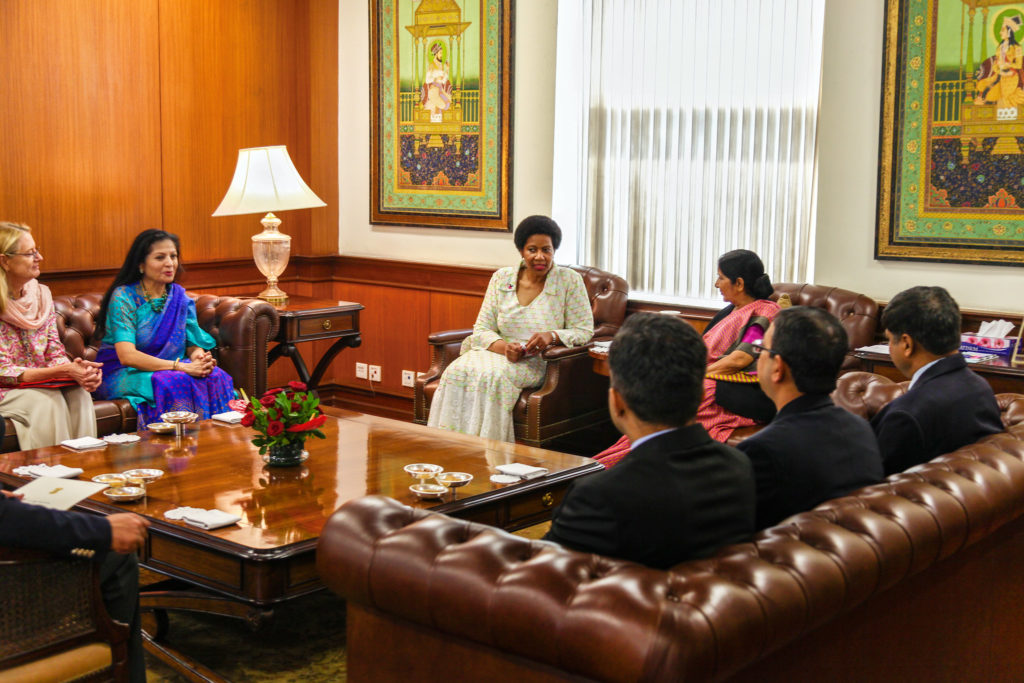
In this article from May 2021, Akanksha Khullar discusses the United Nations Women, Peace, and Security (WPS) agenda and they ways India can apply the agenda in its domestic sphere. She argues: “The WPS can help by improving conditions for women, limiting the impact of internal conflict on women, and increasing female representation in political bodies.”
Political Instability and Uncertainity Loom Large in Nepal
Gaurab Shumsher Thapa
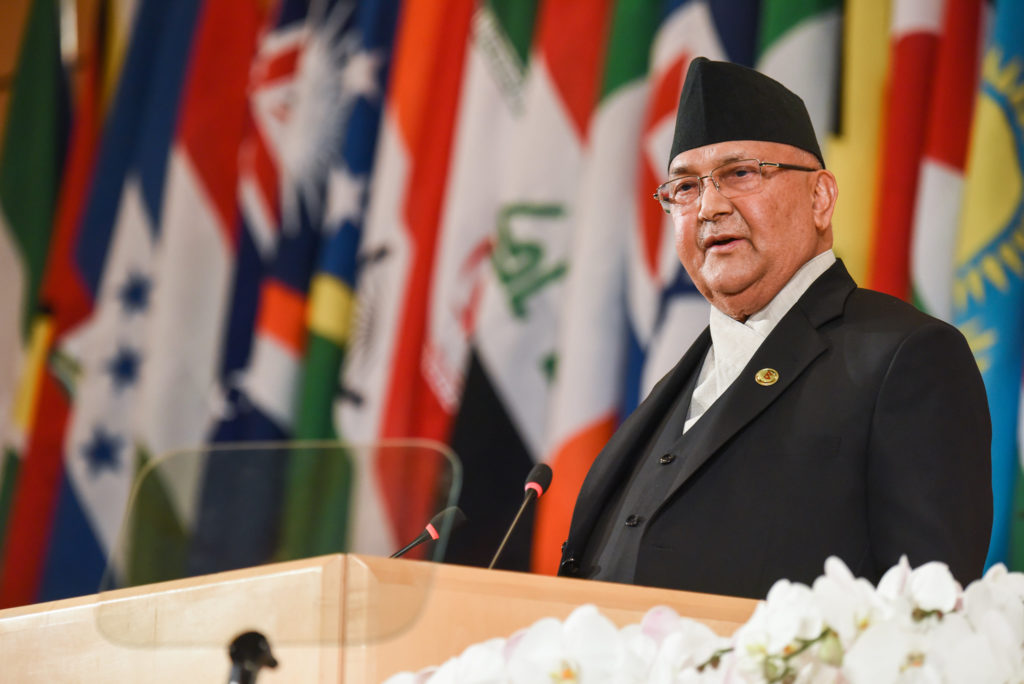
2021 was a turbulent year in Nepal’s domestic politics. In Feburary 2021, Nepali journalist Gaurab Shumsher Thapa explained how internal rifts in Nepal’s then ruling party had contributed to dissolution of Nepal’s House of Representations and former Prime Minsiter KP Sharma Oli’s call for snap elections. He argues that the political crisis is likely to lead to “a serious and long-term weakening of Nepal’s democratic fabric.” For more coverage of Nepal’s domestic politics and political turmoil amidst the pandemic, see also Simone Rawal and Tanushree Thapa “Politics Over the Pandemic: An Uphill Battle in Nepal” and Gaurab Shumsher Thapa’s later piece from October 2021 on the new government under Sher Bahadur Deuba.
Economy & Development
Realizing the U.S.-Pakistan Geoeconomic Pivot
Hamna Tariq

Hamna Tariq evaluates Pakistan’s geoeconomic focused foreign policy and discusses the ways this pivot could frame relations with the United States. She argues: “Pakistan can only realize its vision for an economics-driven foreign policy after undertaking significant domestic economic reforms and rebranding itself as an open international market,” and further breaks down possible areas of reform that can support a geoeconomics-driven policy.
Pakistan’s Untapped Soft Power Potential
Saif Khattak
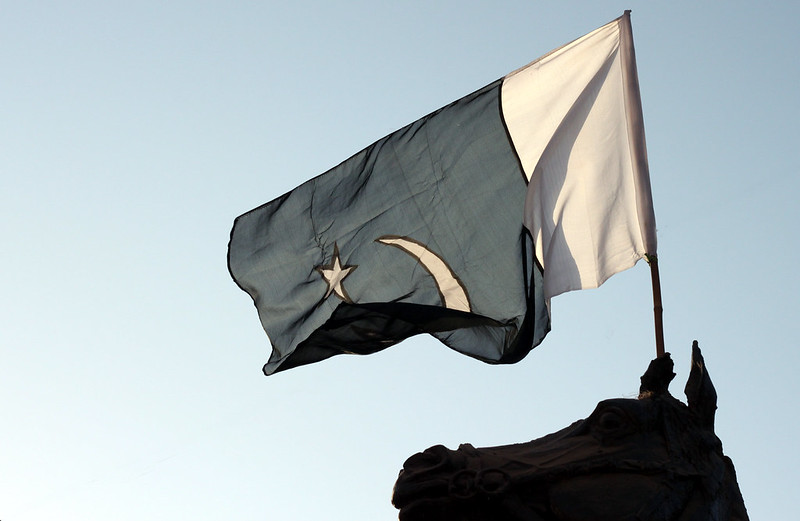
Published in June 2021, analyst and journalist Saif Khattak looks at Pakistan’s soft power potential–exploring opportunities in media, education, and commerce.
The Soft Power of Tourism for Pakistan
Kashoon Leeza
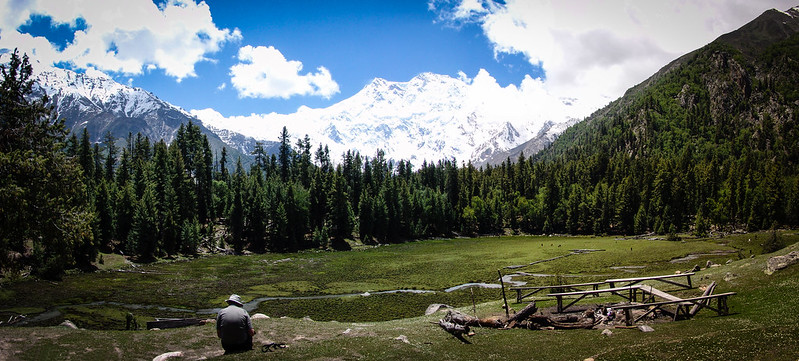
Also analyzing Pakistan’s soft power potential, 2021 Visiting Fellow Kashoon Leeza looks more closely at Pakistan’s tourism sector. She notes, “Officials in Pakistan must work to ease visa policies, introduce capacity-building trainings, and institute digital infrastructure to ensure safe and sustainable tourism.”
Nuclear Issues
Does Eschewing Tactical Nuclear Weapons Continue to Make Strategic Sense for India?
Prakash Gopal
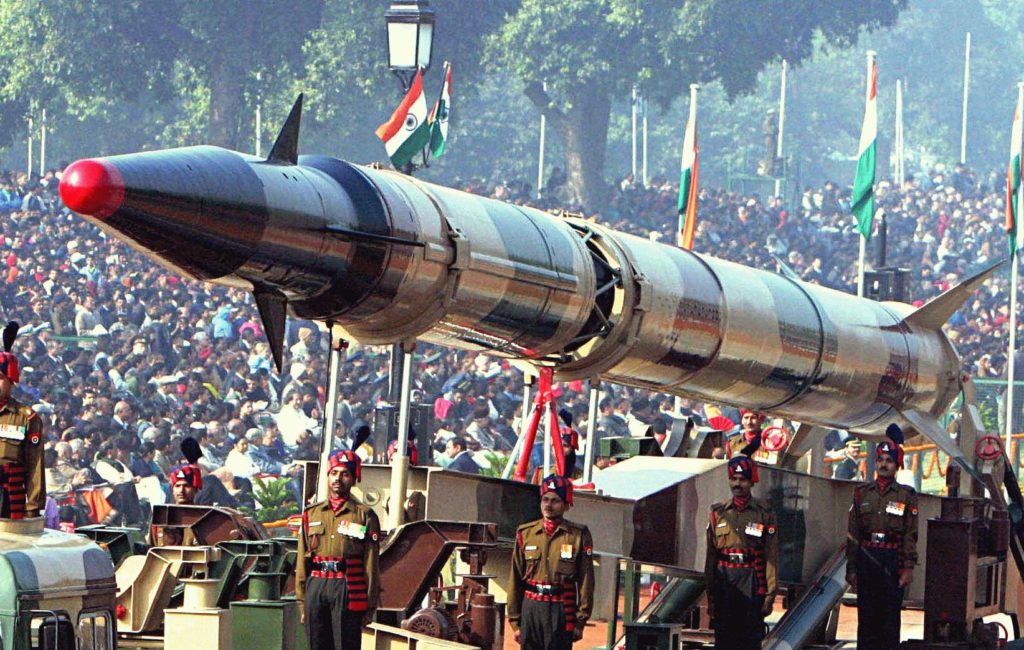
In this March 2021 article, Prakash Gopal revisits the question of Tactical Nuclear Weapons (TNWs) in India’s nuclear arsenal. Examining India’s relationships with its nuclear-armed neighbors (China and Pakistan), Gopal looks at the military impact and possible escalation costs if India were to acquire TNWs, ultimately concluding: “A drastically altered nuclear posture…is unlikely to serve India’s cause and may impose unacceptable strategic costs.”
Pakistan and the Evolving Debate on the Nuclear Taboo
Sannia Abdullah
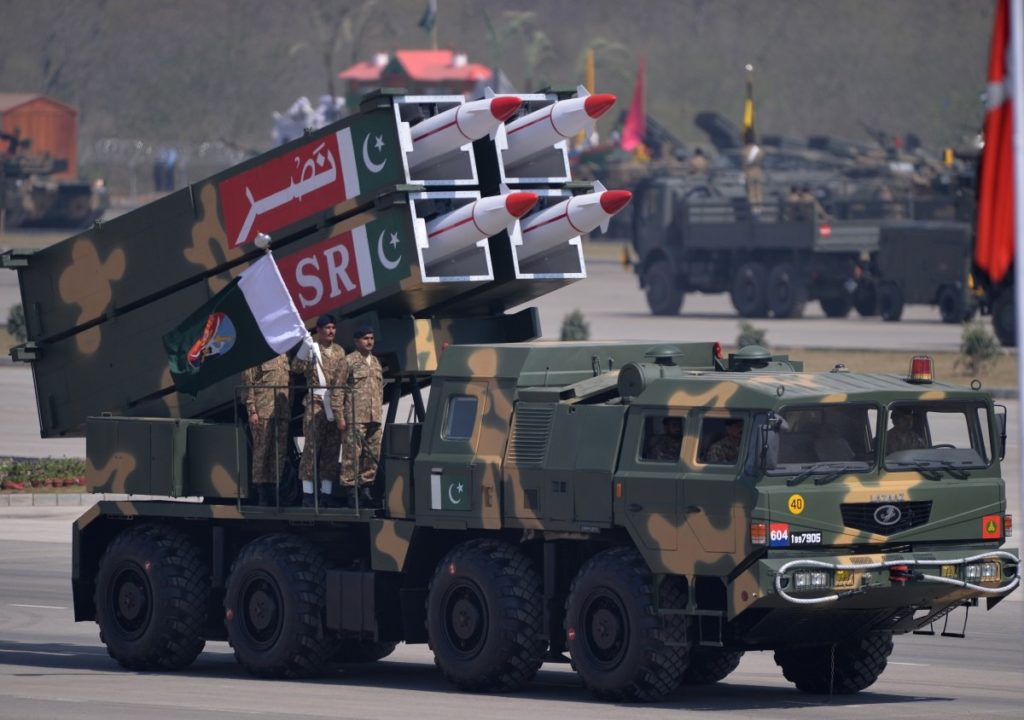
Written as part of the SAV Review series on Nina Tannenwald’s Stimson Center Policy Paper “23 Years of Nonuse: Does the Nuclear Taboo Constrain India and Pakistan?”, Sannia Abdullah discusses Tannenwald’s analysis of the strength of the nuclear taboo in Pakistan and, more broadly, South Asia. She argues that the nuclear taboo is weak in South Asia, stressing that India and Pakistan’s constant “upgrading [of] their strategic forces and counterforce targeting capabilities [and] the recurrence of military crises pushes nuclear restraint to test and challenge the notion of taboo in South Asia.”
The Nuclear Taboo & South Asia: Reviewing Nina Tannenwald’s “23 Years of Nonuse”
Manpreet Sethi
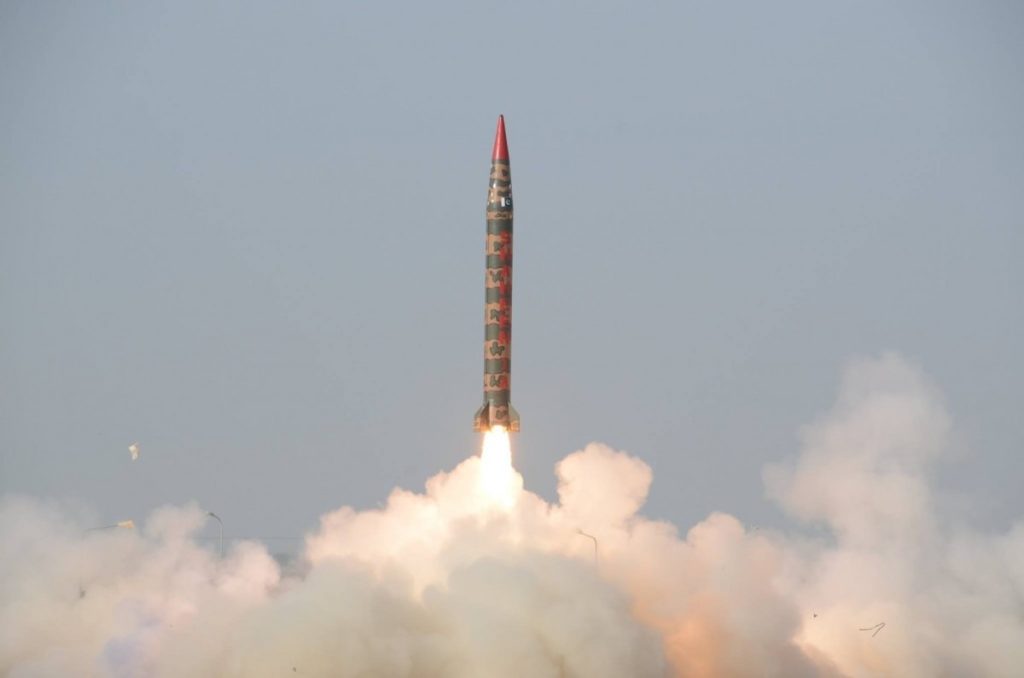
Also written for the nuclear taboo series, Manpreet Sethi takes a more optimstic view of the strength of the taboo in South Asia. She argues: “The constraining influence of the taboo in South Asia remains unchanged. India accords it significance and has said so; Pakistan does too, but compulsions of its nuclear strategy do not allow a full-throated endorsement.”
Geopolitics & Diplomacy
Russia’s Growing Outreach to Pakistan: Should India be Concerned?
Rajorshi Roy
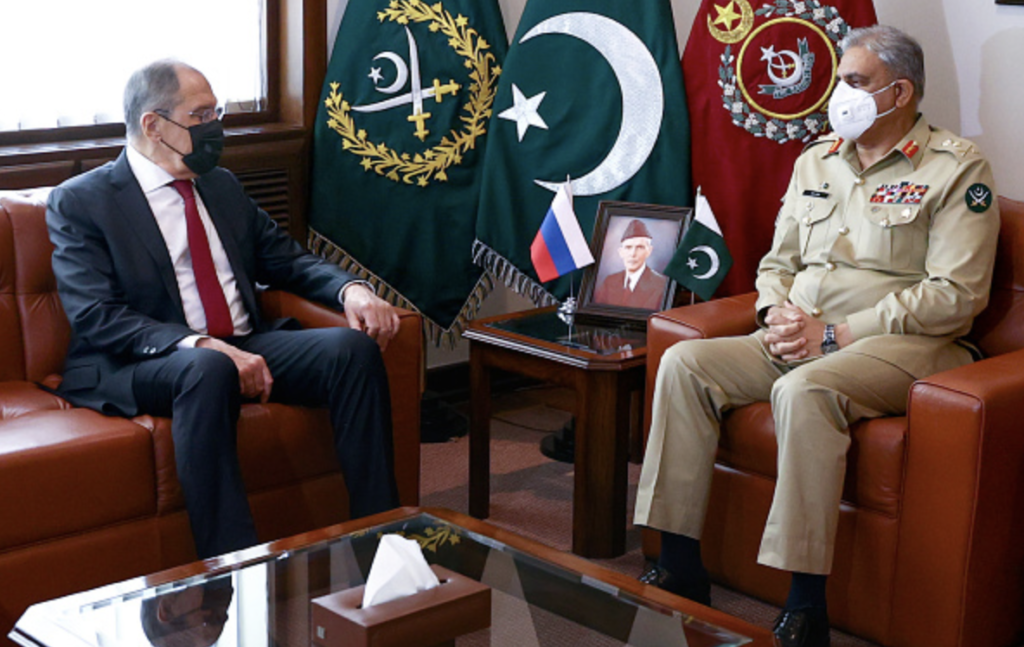
In this article from June 2021, Rajorshi Roy discusses Sergey Lavrov’s April 2021 visit to Pakistan (the first by a Russian foreign minister in nine years), and analyzes what warming Russia-Pakistan ties could mean for India. He notes: “While it is undeniable that Russia’s previously unreserved support of India’s strategic concerns has become more measured, it would be presumptuous to write off this partnership as it still remains mutually beneficial.”
The TAPI Pipeline in Post-U.S. Withdrawal Afghanistan
Soraya Parwani
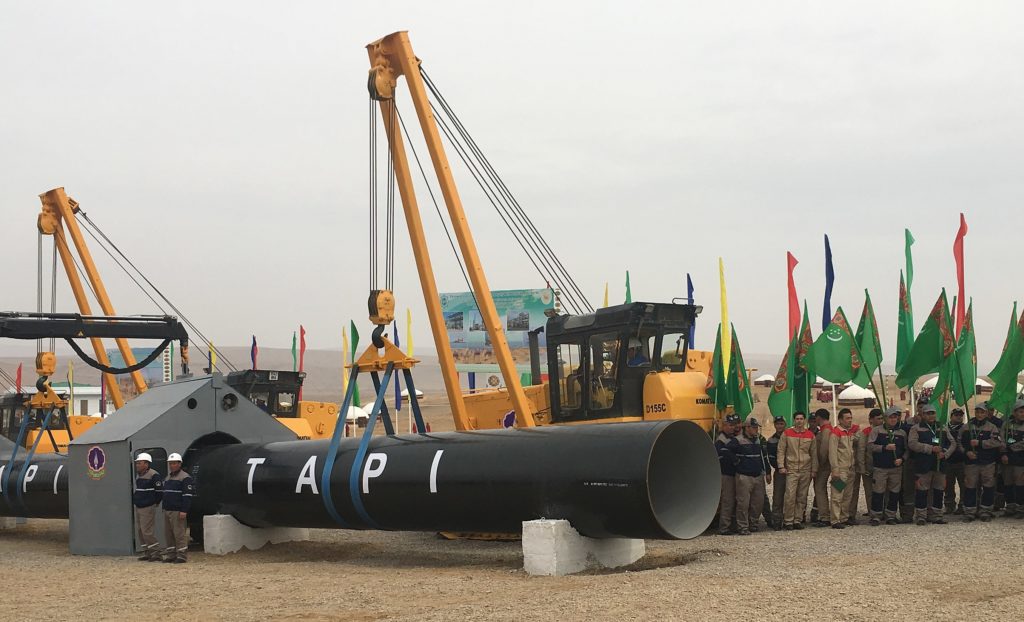
Written as part of the SAV series, “Geopolitics & Connectivity in South Asia,” Soraya Parwani looks closely at the Turkmenistan-Afghanistan-Pakistan-India pipeline. She revisits the ongoing challenges getting the project off the ground and the incentives of various geopolitical actors in seeing the pipeline become operational.
Geopolitcs & the Sino-Indian Border
By Yubing Sheng
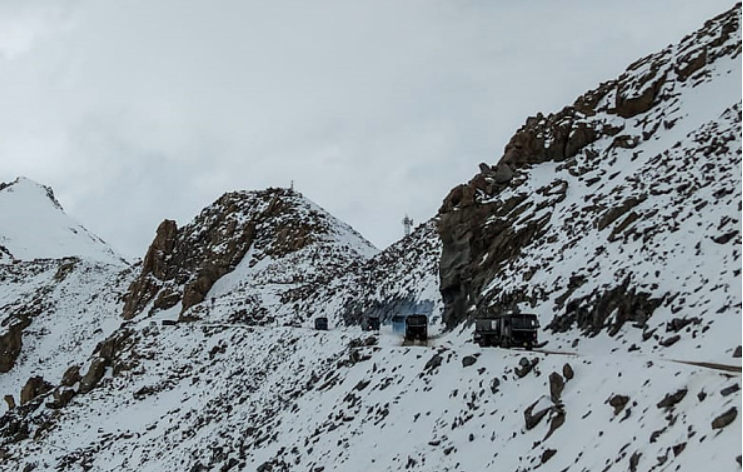
Also written as part of the SAV “One Year After Galwan” series, Stimson Center Research Analyst Yubing Sheng looks at how geopolitics has factored into the Ladakh crisis, and how geopolitical considerations may factor in to changing China-India relations. She writes, “Unlike other territorial disputes it has revisionist intention towards, China has generally preferred to maintain the status quo and not to provoke conflict with its southern neighbor. Thus, it begs the question of what exactly has contributed to China’s shift to a more assertive response towards India.”
Hindi & Urdu
Pakistan and the Evolving Debate on the Nuclear Taboo (Urdu)
Sannia Abdullah
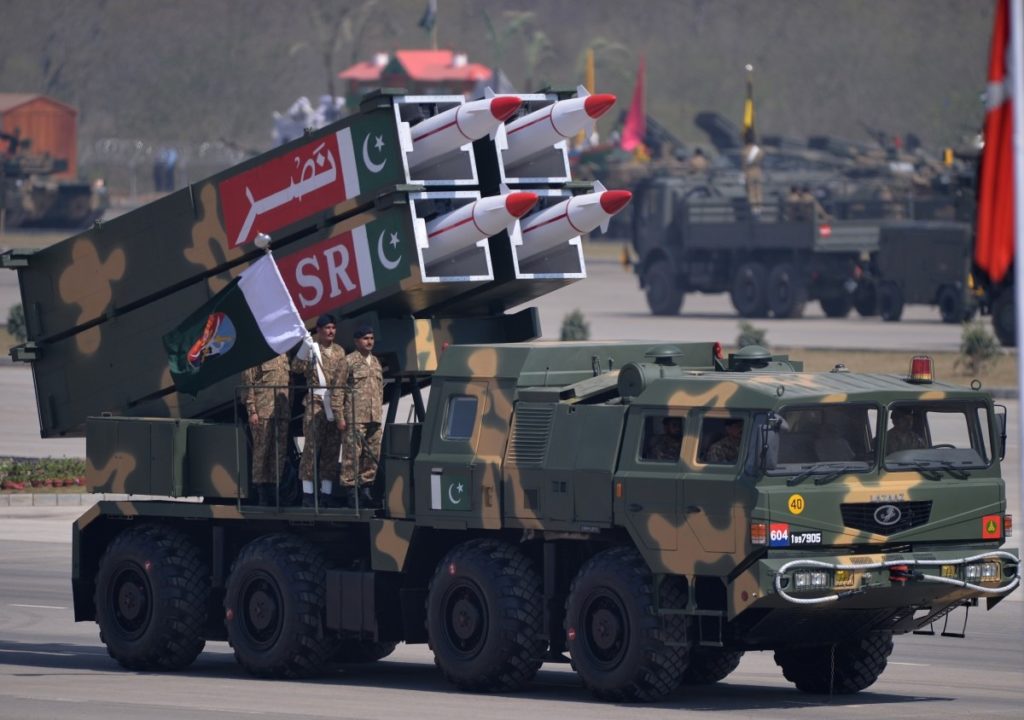
The Urdu translation of Sannia Abdullah’s article “Pakistan and the Evolving Debate on the Nuclear Taboo,” was the top Urdu & Hindi piece for the year. In this piece, Abdullah reviewed Nina Tannenwald’s policy paper “23 Years of Nuclear Nonuse,” and discusses the role of the nuclear taboo in South Asia.
Evolution and Consistency in the Pakistan Army: A Review of the Quetta Experience (Urdu)
Sadia Tasleem
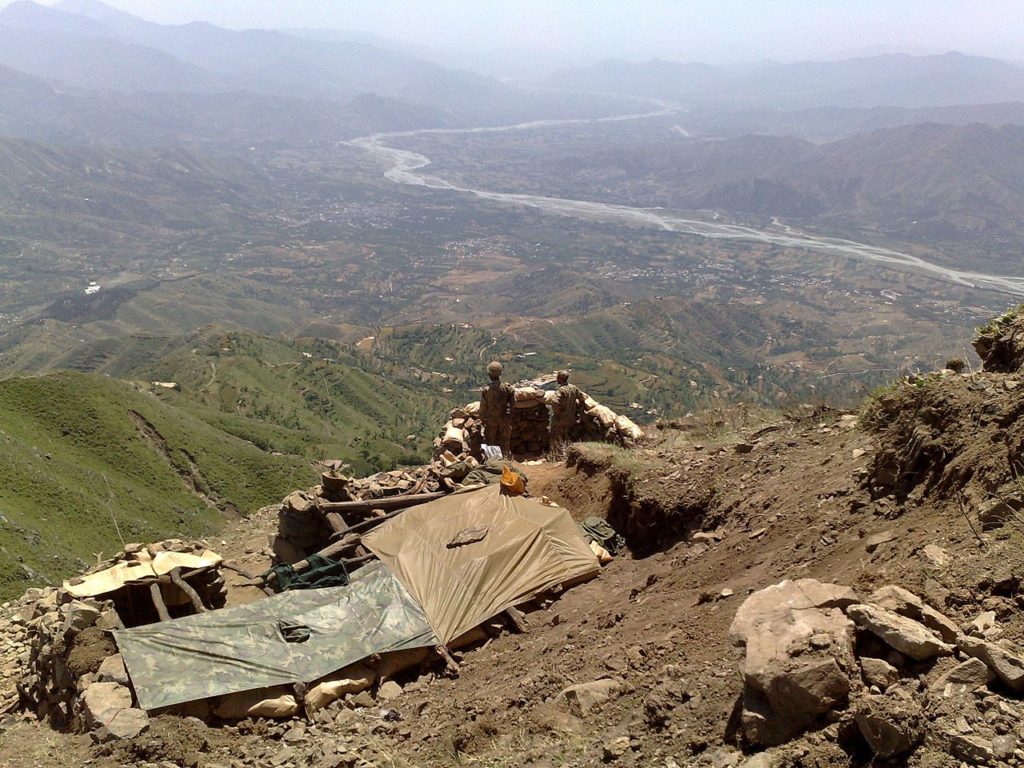
In this article, Sadia Tasleem reviews Col. (retd.) David O. Smith’s The Quetta Experience and explores the Pakistani Army’s perceptions of external and internal threats, relationships with the United States and China, attitudes towards the State, and perceptions of nuclear weapons. Read the full series reviewing The Quetta Experience and The Wellington Experience here.
Evaluating the State of Nuclear Danger in South Asia (Urdu)
Michael Krepon

In this piece, Stimson Center co-founder Michael Krepon reviews the state of nuclear relations and dangers in South Asia. He argues: “At a time when political relations are sour and diplomacy is dormant in Southern Asia, extending the 75-year-long norm of non-battlefield use and the norm against testing, now over two decades long, are absolutely central.”
***
Image 1: ROBERTO SCHMIDT/AFP via Getty Images